

Matt Campbell
5 Days Ago
Plug-in hybrid vehicles have been added to the ATO's electric vehicle tax return guidelines ahead of the end of financial year.

Deputy News Editor
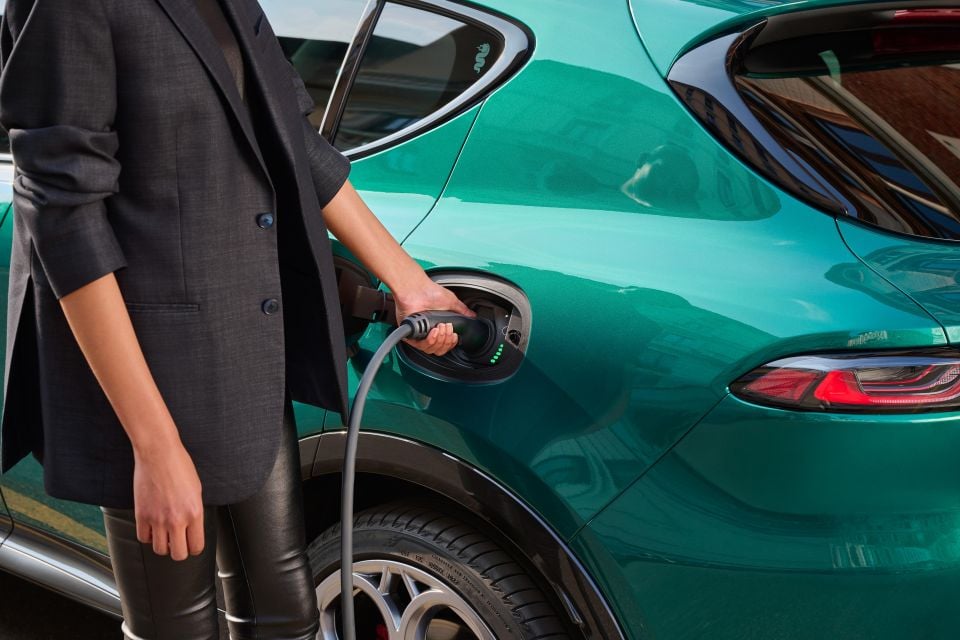

Deputy News Editor
The Australian Taxation Office (ATO) has added plug-in hybrid vehicles (PHEVs) to its guidelines for calculating costs for electric vehicles (EVs) following the increase in popularity of plug-in hybrid cars since 2024 and ahead of the end of this financial year on June 30.
The proposed guidelines include a standard ‘EV home charging rate’ of 4.20 cents per kilometre travelled.
The rate can now be used to calculate the costs of charging PHEVs for the increasing number of drivers of business vehicles subject to Fringe Benefits Tax (FBT).
It also allows drivers to calculate the cost of charging EVs and PHEVs at their home or workplace, as well as commercial charging stations, as distinct from petrol or diesel expenses.
Hundreds of new car deals are available through CarExpert right now. Get the experts on your side and score a great deal. Browse now.
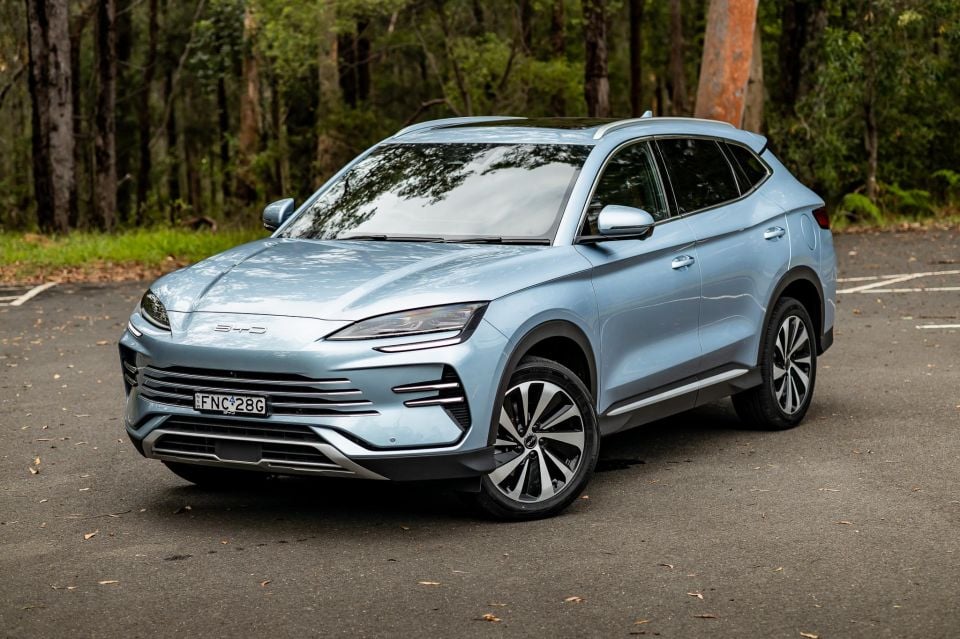
While the BYD Sealion 6 mid-size SUV was the most popular PHEV in Australia in 2024 (and will be joined by the Toyota RAV4 PHEV in 2026), several new commercial PHEVs have now also landed in local showrooms.
Beyond the pioneering BYD Shark 6 ute, these include the GWM Cannon Alpha and Ford Ranger PHEV dual-cabs.
The now-ended FBT tax exemption for PHEVs helped sales of that vehicle type increase by 100.2 per cent year-on-year in 2024, and while they have cooled this year, they still accounted for 6.3 per cent of total sales so far this year to the end of March 2025.
While it will continue for EVs, the FBT tax break for PHEVs ended on March 31, 2025.
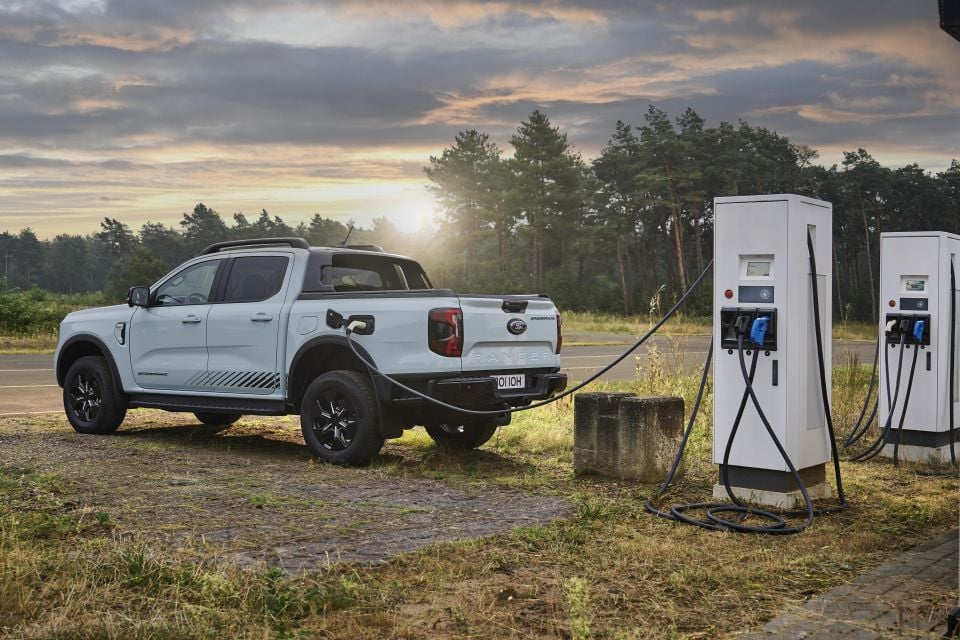
The ATO’s tax rate for a PHEV requires the cost of petrol to be factored in, with the actual amount in litres a driver has records for, or by working out the litres used by the total petrol spend.
To work out the cost, the total petrol spend can be divided by the cost per litre, based on an annualised list that provides an official average petrol/diesel price across all Australian states and territories for each calendar year.
PHEV users then need to calculate the ‘petrol’ distance travelled in kilometres by dividing the litres used by the official fuel consumption rate.
The ‘petrol’ kilometre rate can then be subtracted from the overall distance travelled – taken from the vehicle’s odometer – to determine the electric portion of the overall mileage.
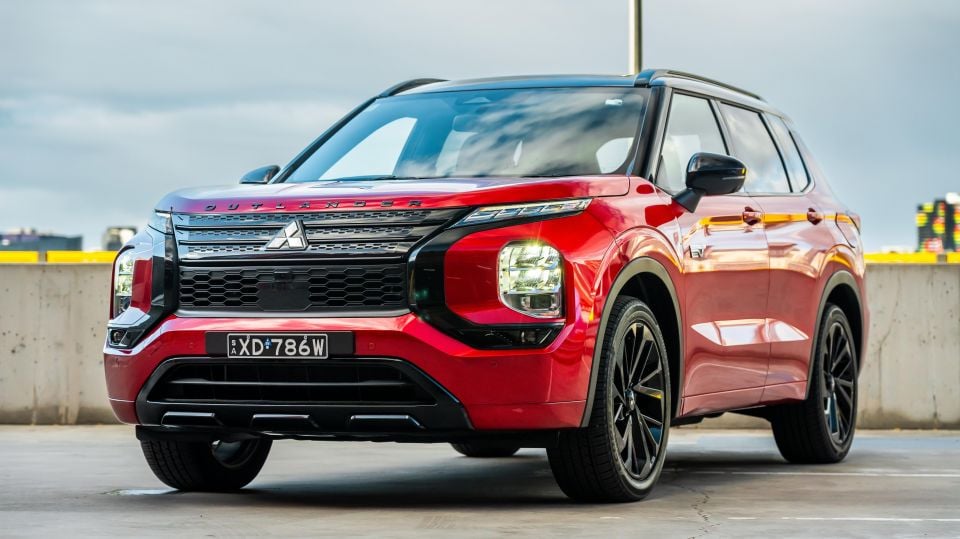
Here, the ‘electricity’ kilometres can be costed by multiplying them by the 4.20 cents-per-kilometre figure, the ‘EV home charging rate’.
The ‘electric’ and ‘petrol’ costs can then be added together to determine total costs.
The ‘EV home charging rate’ can also be used to calculate home charging costs where the percentage of overall charging between home and commercial chargers can’t be determined.
Damion Smy is an automotive journalist with several decades of experience, having worked for titles including Car and Auto Express magazines in the UK, and Wheels and Motor magazines in Australia.


Matt Campbell
5 Days Ago
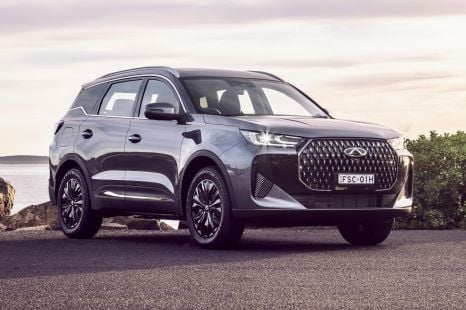

Max Davies
4 Days Ago


Josh Nevett
3 Days Ago


William Stopford
3 Days Ago
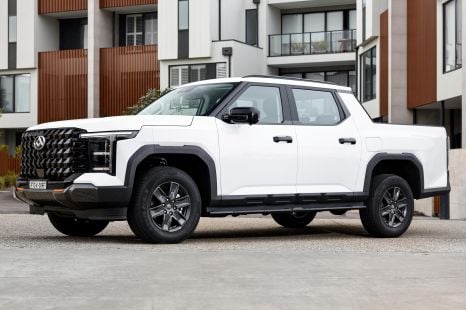

Damion Smy
2 Days Ago


Damion Smy
20 Hours Ago